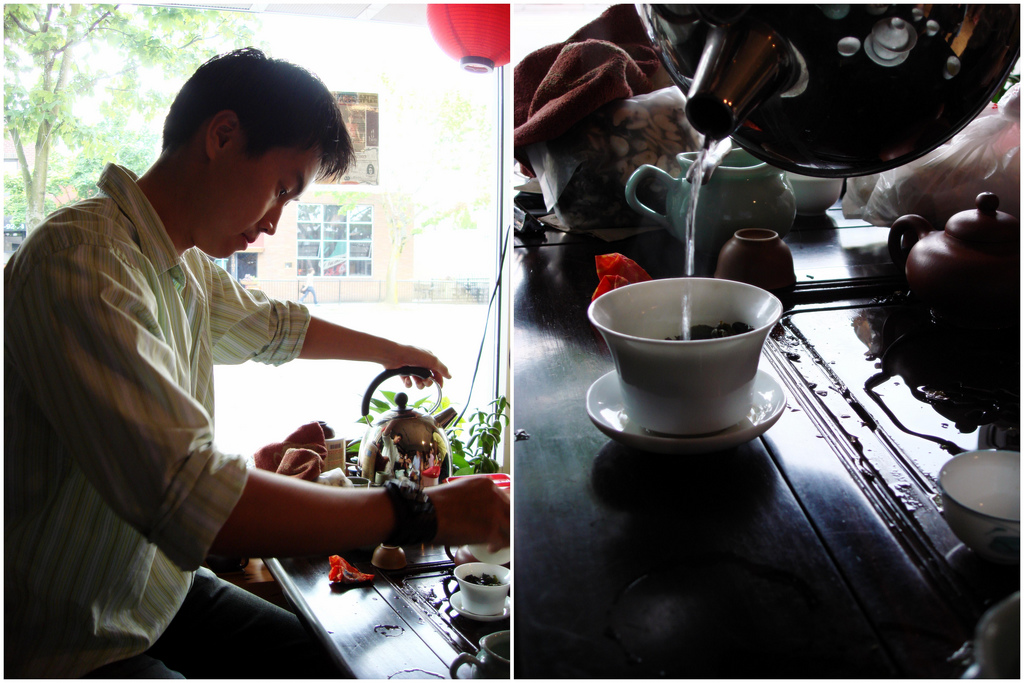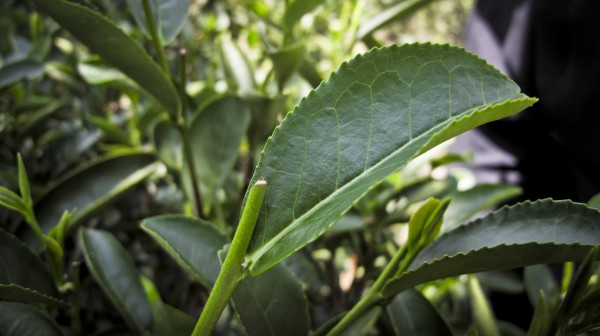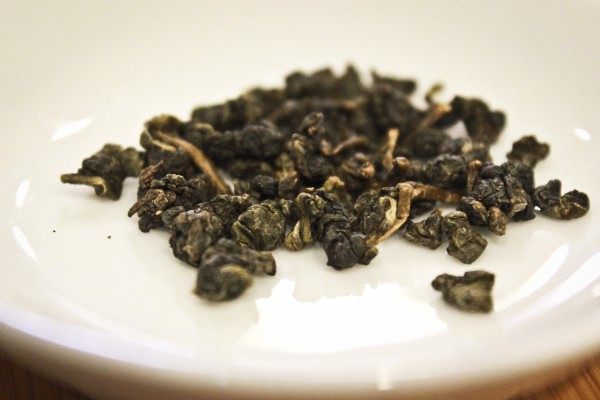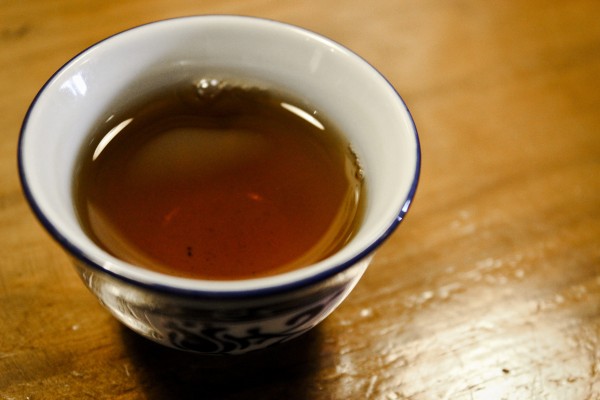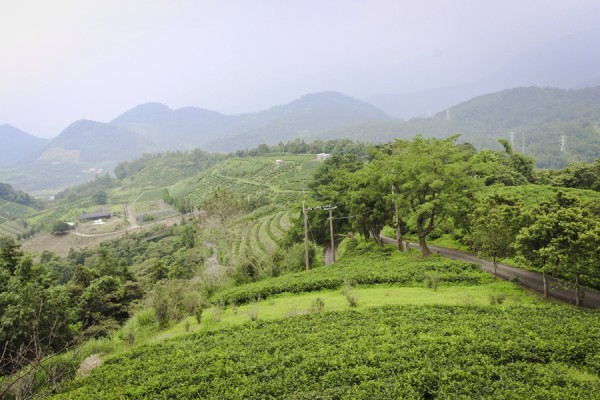I’VE TRAVELED ALL OVER TAIWAN learning about its teas, meeting with local tea farmers, and befriending artisan tea makers as part of my research starting the tea site Tearroir. In the process, I’ve come across some seriously gnarly and exotic teas. Teas you’ve never even heard of before, like 20-year-old sour grapefruit rind tea, and bug shit tea, the most expensive tea in the world.
Today, I’m breaking down the most common types of tea you find in Taiwan, where they’re from, and what makes them unique compared to teas anywhere else in the world.
